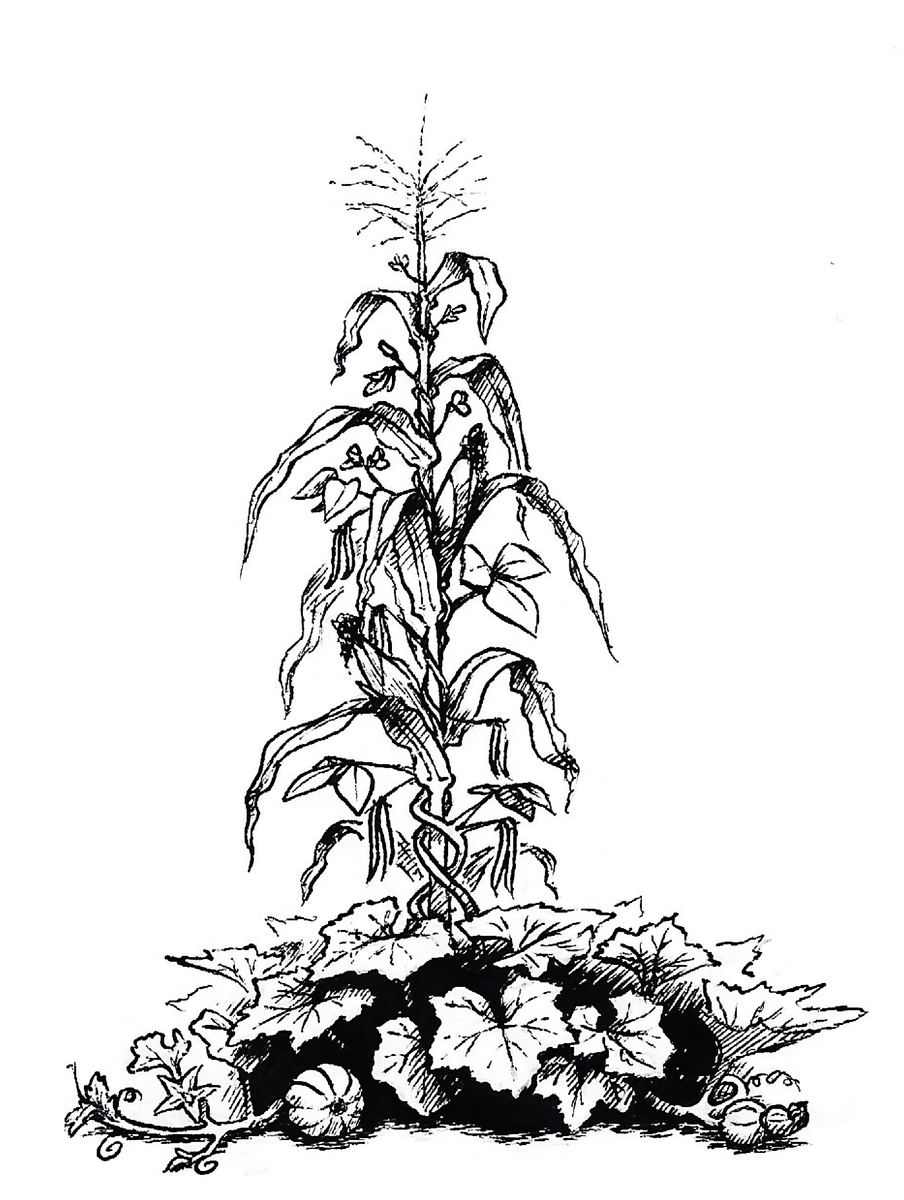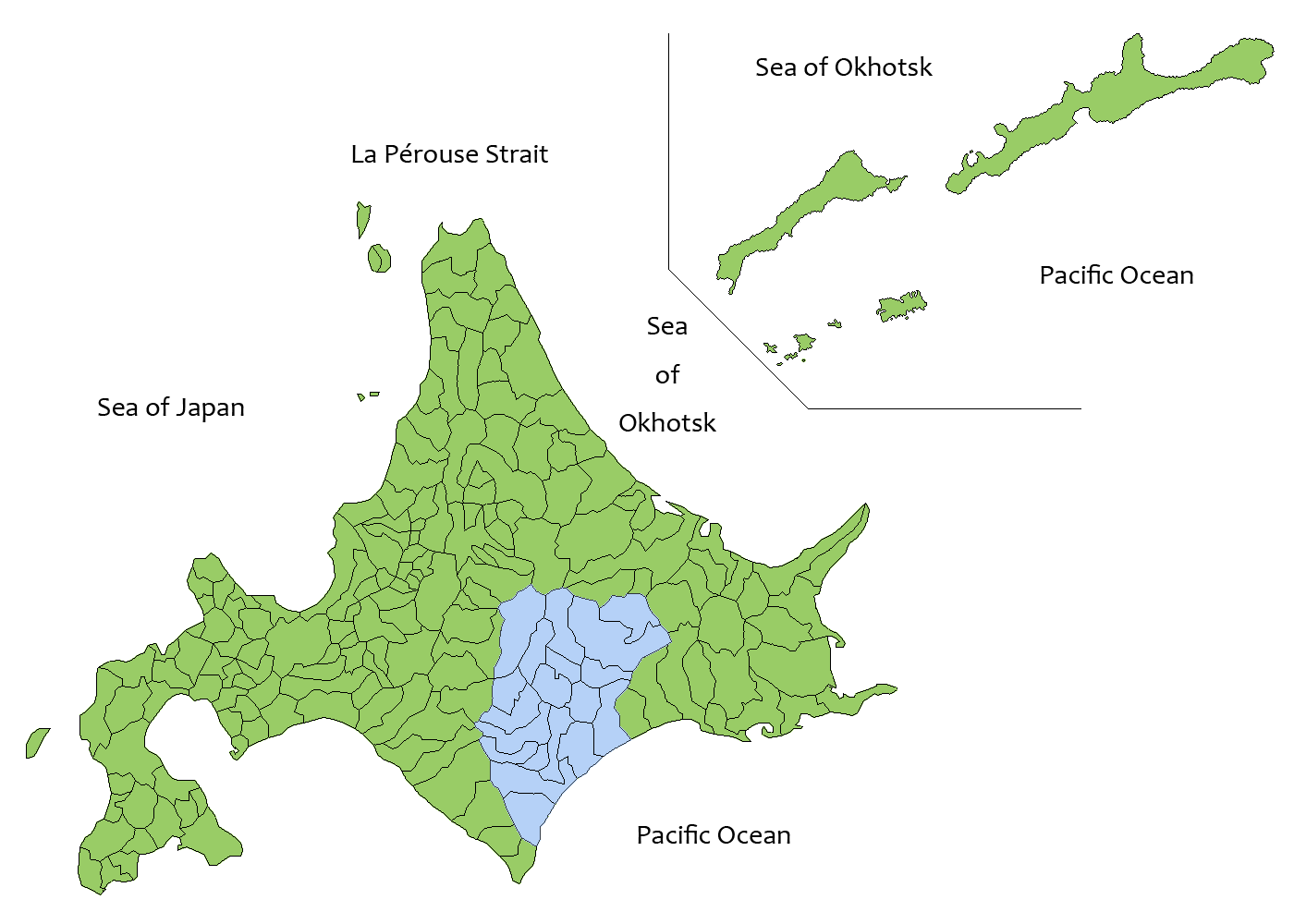Let's Count in Ainu!

“They did not even know math or how to count! We taught them all this great knowledge, so they do not get cheated economically!”
This was a comment shared by political lobbyist Onodera Masaru during an interview on the popular right-wing news channel “Shin Keiseizai Shinbun”.
In this particular episode, the three commentators were discussing the issues around the 2019 Ainu Promotion Act and the growing Chinese presence in Japanese real estate.
Mr. Onodera – and subsequently his colleagues – tried to rationalize and justify Japan's colonization of Hokkaido, and in turn, argued that the Ainu should not be treated any differently because they were "Indigenous".
His main point of focus was nothing new – Japan helped the Ainu by teaching them maths, economics, and "enlightened" thinking so they won't get cheated by merchants and traders. Among this, the popular sentiment was that the Ainu did not and could not count.
Of course, not to mention that most of these "cheaters" were ethnic Japanese, this is simply not true.
The misunderstandings between two foreign societies gave birth to many flawed perceptions of each other; which direct their relationship. Historian Richard White has famously named this the "middle ground", in which new understandings, worldviews, and practices are born (1991:X).
One of such famous misunderstandings was how early colonizers of the American continent believed that Native groups did not know how to farm, because "...to their minds, a garden [or farm] meant straight rows of single species" (Kimmerer 2013:129).

However, their farms were a complex system of three plants – corn, beans, and squash, a.k.a the Three Sisters – that grew so complementary to each other that farmers copy their strategy today to better the quality and quantity of their own crops.
Now, without expanding into these histories of misunderstandings, we'll take a look at the counting system of the Ainu and learn to count till 20!
To begin, "Ainu" is a blanket term attributed to a diverse group of people by foreign traders and colonizers. These people lived in a wide range of land. The "Ainu" have historically lived in areas of modern-day Hokkaido, Sakhalin, Kuril Islands, Kamchatka, and northern Honshu (Ohnuki-Tierney 1976 etc).
Among these diverse groups, their language, customs, worldview, etc all have variations and significant differences – to the point that some scholars argue against the idea that the Ainu have regional "dialects" is wrong because they are so different. (See Lee and Hasegawa 2013, Fukazawa 2013, 2014).
Therefore, we will focus on the Tokachi region, placed almost dead center on the island of Hokkaido. The reason for this is because there is a more complete record of the language and numbers from this area in comparison to other places the Ainu have called home.

Here is how to count from 1~10 in the Tokachi Ainu.
| 1 | shinep |
|---|---|
| 2 | tup |
| 3 | rep |
| 4 | inep |
| 5 | ashikinep |
| 6 | iwanbe |
| 7 | arawanbe |
| 8 | tobesanbe |
| 9 | shinebesanbe |
| 10 | wan/wanbe |
From 10<, they incorporate the term "ikashima", which directly translates to '"leave/leftover". However, in the case of arithmetics, it signifies "addition/+".
So, 10< becomes...
| 11 | shinebe-ikashima-wanbe | 1+10 |
|---|---|---|
| 12 | tup-ikashima-wanbe | 2+10 |
| 13 | rep-ikashima-wanbe | 3+10 |
| 14 | inep-ikashima-wanbe | 4+10 |
| 15 | ashikinep-ikashima-wanbe | 5+10 |
| 16 | yuwanbe-ikashima-wanbe | 6+10 |
| 17 | arawanbe-ikashima-wanbe | 7+10 |
| 18 | tobesanbe-ikashima-wanbe | 8+10 |
| 19 | shibesanbe-ikashima-wanbe | 9+10 |
| 20 | hot |
And 20< would be shinebe-ikashima-wanbe and so on!
There is so much lost and much to learn about the diverse Ainu custom and knowledge systems.
To simply paint with a large brush over all these people with a historically and culturally inaccurate claim has serious social consequences.
As Arai Wako (2013), a former school teacher with Ainu heritage reflects upon in her biography, the stereotypes of "laziness, stupid, smelly, and dirty" does not help the socially marginalized to join society after "waking up to their inferiority", but to further marginalize and push them out of the larger group.
This inherent contradiction born out of the tension between the ideology and practice of assimilation has pushed numerous people out of school, families, and society at large (Caprio 2011).
What will our futures look like if we continue to hold so desperately onto century-old, historically inaccurate stereotypes of the "other" that now live alongside us as neighbors?
![[Guest Post] Exploring Colonial History through Art](/content/images/size/w750/2023/11/graphite-island-banner.png)
